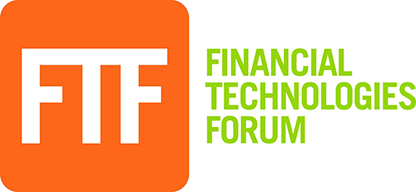The rush to the first-mover status via Blockchain technology is heating up between Nasdaq and Symbiont, the maker of the Smart Securities platform for trading, clearing, settling and transferring financial instruments. These early adopters are vying for key milestones in securities operations that can be transformed by the Blockchain distributed ledger technology that underpins the Bitcoin cryptocurrency.
Nasdaq said on December 30 that “an issuer was able to use its Nasdaq Linq blockchain ledger technology to successfully complete and record a private securities transaction — the first of its kind using blockchain technology.”
However, Symbiont officials responded by telling journalists that Symbiont “was the first to issue securities using blockchain technology. In fact, they launched on the Bitcoin blockchain in August 2015 in front of 40 media and analysts in New York.”
Nasdaq officials announced that the private issuance of shares was documented by Chain.com, a Blockchain developer that is an early adopter of Nasdaq’s blockchain-enabled Linq technology.
“For this transaction, Nasdaq enabled the issuer to digitally represent a record of ownership using Nasdaq Linq, while significantly reducing settlement time and eliminating the need for paper stock certificates,” according to Nasdaq. “In addition to its equity management function, Nasdaq Linq also provides issuers and investors an ability to complete and execute subscription documents online.”
The exchange and technology company also hints at the pot of gold that Blockchain represents because it can be used for “expediting trade settlement for transactions in public markets,” according to Nasdaq. “Blockchain technology has the potential to assist in expediting trade clearing and settlement from the current equity market standards of three days to as little as ten minutes. As a result, settlement risk exposure can be reduced by over 99 percent, dramatically lowering capital costs and systemic risk. In addition, this technology could allow issuers to significantly lower the risk and the administrative burden of what is largely a manual and multi-step process today.”
In a prepared statement, Adam Ludwin, CEO of Chain.com, said that the vendor “couldn’t be happier with the results of the transaction. It was seamless and met our objective of drastically reduced manual ownership transfer.”
This is not Nasdaq’s first official acknowledgment that it has embraced Blockchain. Officials in November announced that it is working on an application of Blockchain to support proxy voting in Estonia. Nasdaq is also promising “enterprise-wide blockchain initiatives” throughout 2016.
For its August announcement, Symbiont officials said that the initial use cases for Smart Securities included corporate debt, syndicated loans, securitized instruments and private equity. “Generically known as ‘smart contracts,’ these instruments are programmable versions of traditional securities issued on any type of distributed ledger, such as a Blockchain,” said Symbiont officials. “Once a security is issued onto the ledger, it acts autonomously, eliminating traditionally manual mid- and back-office functions.”
Symbiont is the combination of MathMoney f(x) and Counterparty, “the most successful Bitcoin 2.0 project” founded in 2013, officials say.
Underlying the competing claims is the fact that Wall Street firms and vendors are hoping that they have found a phenomenon in Blockchain. The ones that can make the Blockchain revolution work for them could be richly rewarded especially if they strike gold first.
Luckily, FTF News has just released a special report on Blockchain to help you sort it out. Please click here to retrieve “Ops Gets on the Blockchain Revolution Bus,” and let us know what you think of it.
Need a Reprint?